May 29, 2025 | 15:58 GMT +7
May 29, 2025 | 15:58 GMT +7
Hotline: 0913.378.918
May 29, 2025 | 15:58 GMT +7
Hotline: 0913.378.918
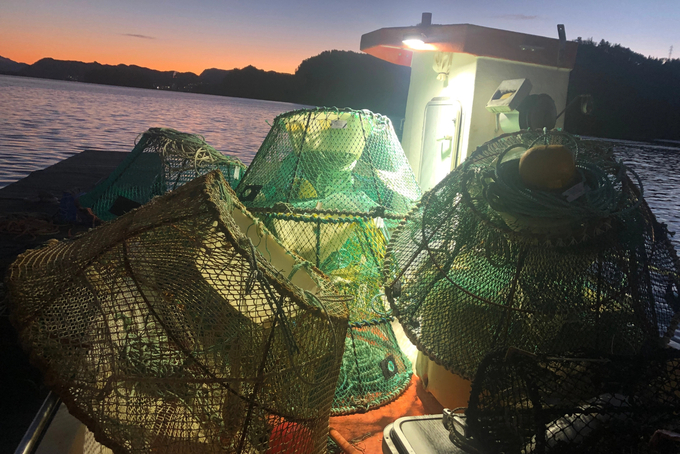
A Norwegian brown crab trap.
Every year from July to December in Norway, fisherman Helge Havnen (Aalesund) has to repair the crab trap twice or three times. The most damaged part is the rope. The binding rope is a thin cotton rope, no more than 3mm in diameter, used to connect the trap pieces into a complete trap. According to Norwegian law, Helge is required to use this type of rope to ensure the safety of crabs.
In Norway, crabs are caught using separate traps, with almost no impact on the native environment. Designing traps following the law ensures safety for the development of crabs in the wild.
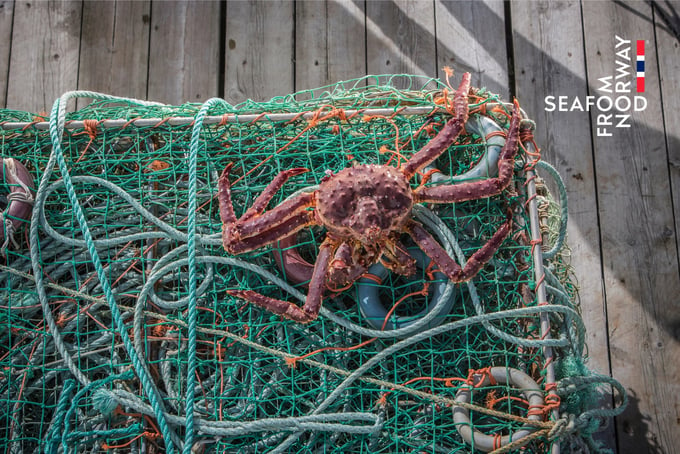
Brown crab traps are a recreational activity in Norway. Crab can be boiled immediately after catching.
Crab traps can be shaped like squares, rectangles, cylinders, ..., but are usually closed cages with an entrance and exit for the crabs. Nets used as traps should not have eyes that are too small for small crabs or egg-carrying crabs to escape easily. Inside the trap, there is a bag filled with bait made of cod or mackerel in a pickle. Traps can be arranged individually or connected in a series of up to 20 traps onto a long rope. When Helge releases traps, he must remember how many traps his chain has and in which area to drop the traps. Normally, Helge will mark trap locations on the ship's GPS map. When pulling traps, he also has to count whether he has picked up all the traps set. In case he finds it lost, he needs to do a search or report it to the authorities to retrieve it. Leaving a lost trap floating in the ocean will cause unsafety to the sea: pollution, ghost traps, accidents for sports divers...
For the design of crab traps, the Norwegian authorities also have certain regulations. Crab trap rope must be cotton yarn, not nylon rope. If the trap is lost, making it impossible to pick up the crab trap, this type of rope will rot on its own within 3-4 months of being submerged in seawater. Then the crabs can escape while still alive, and the waste from the ropes is not harmful to the marine environment.
In addition, the trap must have two hatches and two exits on the side. In particular, the exit doors are only sealed with cotton yarn so that after some time, if the fishermen do not check the traps placed in the sea, the cotton fibers will dissolve by themselves. Animals trapped in the trap will be released. From July 1, 2022, Norway issued separate regulations on exits for traps of each species including crabs, crayfish, lobsters, and king crabs.
The trap must also have the owner's stamp. The stamp is a piece of plastic about 3mm thick, about the size of a business card. On it printed the name, phone number, and address of the owner. Sometimes there will be an additional owner's code in case this fisherman registers to catch lobsters. Stamps are fastened to the trap with a drawstring, ensuring it is difficult to peel off in seawater or outdoor conditions.
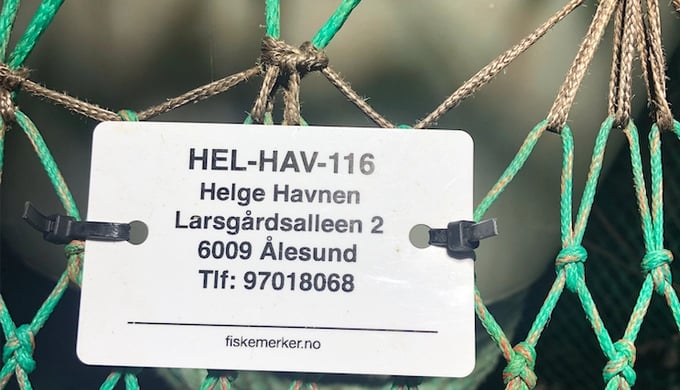
Each Norwegian brown crab trap must be stamped with the owner's name, phone number, and address.
For commercial crab trapping operations, after being placed on the seabed for a few days, the crab traps are picked up for inspection and if there are crabs, they are transported to storage tanks. Storage tanks are where crabs and other seafood contained in traps are inspected and graded according to quality and size. The crabs are kept in tanks for a few days to acclimatize and then shipped to customers. For recreational crab trapping, people often boil crabs right after catching them. They use seawater to boil and boil crabs right on the boat if there is a stove. Or they will bring it back to the mainland and boil it, then sell it or give it to people to eat it.
For crab fishing activities not to litter the marine environment, the Norwegian government also actively propagates the prevention of trap loss and how to recover lost fishing gear. When the trap is lost, the fisherman can use the chain to drag the bottom of the sea at a slow speed. If a trap is lost on the seabed, the open links are easy to hook into and drag the trap along. When the lost trap cannot be found, people need to report it to the authorities, either through a hotline or an online application.
To clean up the traps still lost at sea, the Norwegian government has organized many large annual salvage operations for the past 40 years. In 2020, the Norwegian Directorate of Fisheries (Fiskeridirektoratet) deployed a sea-cleaning boat, collecting more than 2,400 snow crab traps and more than 100km of ropes. These traps and ropes weighed more than 50 tons and were picked up from the bottom of the Barents Sea.
In general, this fishing practice does not use explosives or substances harmful to the environment. Along with the very fast reproduction rate of brown or king crabs and strict compliance with regulations on herd protection in the wild, this fishing process does not affect their habitat and helps crabs continue to thrive in Norwegian waters.
Translated by Hoang Duy

(VAN) Ms. Nguyen Thi Dung, Deputy Director of Ngoc Hoang Cooperative, shared about the journey of bringing dragon fruit to Europe, achieving annual revenues in the billions of VND.

(VAN) Bamboo products from Thang Tho Bamboo Cooperative have reached many countries around the world, while also creating jobs for local workers.

(VAN) The Management Board of Con Dao National Park reported that a green sea turtle, tagged in the Philippines, has traveled thousands of kilometers to lay 84 eggs on Bay Canh Islet.
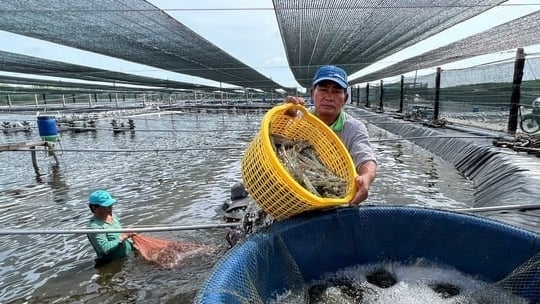
(VAN) Green technology is paving a new path for sustainable aquaculture in the Mekong Delta in particular and across the country in general, helping reduce emissions and adapt to climate change.
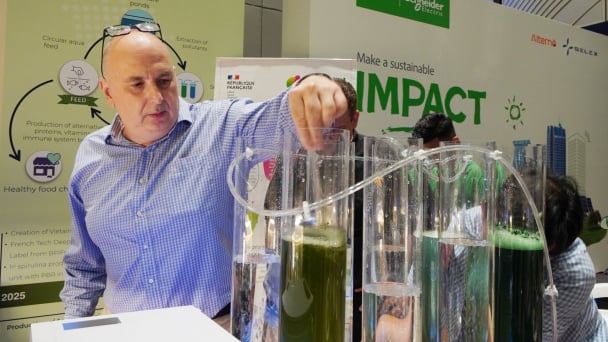
(VAN) On May 27, La French Tech Vietnam (the French startup and innovation community in Vietnam) held the French Tech Summit Vietnam 2025.
/2025/05/27/4731-2-223159_980.jpg)
(VAN) No votive paper, no styrofoam, no plastic bags, no plastic bottles, and no single-use plastic trays are the key rules tourists should keep in mind when visiting Con Dao.
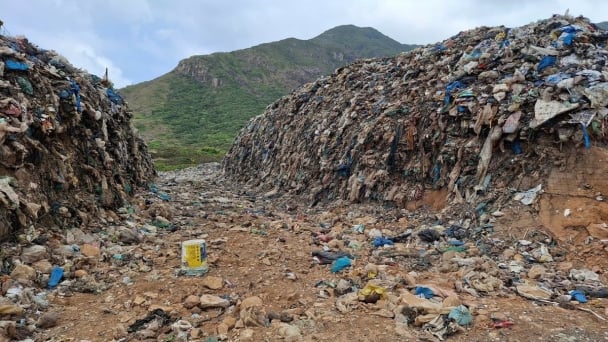
(VAN) In the fight against plastic pollution, Vietnam has been demonstrating a proactive, pioneering, and active role in addressing the greatest environmental challenge today.